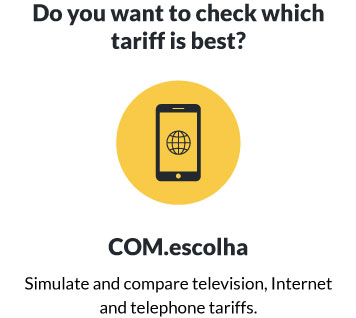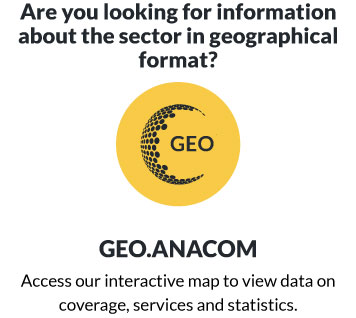By the end of the 3rd quarter of 2011 there were about 16.63 million active mobile stations associated with post-paid, prepaid and mixed/hybrid tariff plans, 1.9 per cent more than in the previous quarter.
About 13.34 million of these mobile stations (80.2 per cent) were actually used during the last month of the quarter, 1.5 per cent more than in the previous quarter.
Apart from the cards/modem used for mobile broadband Internet access, the number of active user mobile stations/equipment actually used reached about 12.2 million, 239 thousand more than in the previous quarter.
During the period under analysis prepaid plans accounted for 71.7% of mobile stations. Apart from the combined/hybrid plans actually being used, all the remaining plans recorded increases over the previous quarter, particularly prepaid plans.
In September mobile service penetration reached 156.3 per 100 inhabitants. Just taking the mobile stations actually being used, service penetration in Portugal would be 125.4.
According to Marktest’s Telecommunications Barometer - Mobile Networks for the mobile quarter of September 2011, 92 per cent of Portuguese residents were mobile service customers. The difference between this figure and the abovementioned penetration is down to several factors: there are users who have more than one card to access the service, there are SIM cards used solely for data services and Internet access, and others assigned to machines, equipment, vehicles and companies (e.g. automatic payment terminals using the mobile network, alarm, telemetry and telematics equipment, etc.).
The profile of the mobile service consumer in that period was identified according to their type of tariff plan (post-paid, prepaid with mandatory payments, and prepaid without obligatory top-ups) and it was found that:
- Consumers with prepaid tariffs and obligatory top-ups are, on average, younger than the others;
- Better educated consumers are more likely to use post-paid tariffs. Customers of prepaid tariffs without obligatory top-ups tend to be less educated;
- Retired people are most likely to use prepaid tariffs schemes;
- In terms of consumption the three main aspects are:
- The monthly outlay on the mobile phone tends to be considerably lower for prepaid tariff customers;
- Prepaid tariff scheme consumers, particularly those with obligatory top-ups, tend to send on average more SMS than those with post-paid tariffs ; and,
- The use of mobile Internet tends to be more significant for customers with post-paid tariff schemes in comparison to those with prepaid schemes without mandatory payments.
- The monthly outlay on the mobile phone tends to be considerably lower for prepaid tariff customers;
By the end of September the total number of users in a position to use broadband services was around 10.8 million. The number of active users who in fact used 3rd generation-type services (i.e. video-telephony, broadband data transmission, mobile TV, etc.) was about 4 million, 2.4 per cent more than in the previous quarter.
Of all the broadband service users who had traffic during the last reporting month, 28.8 per cent were users of the mobile broadband Internet access service via cards/modem - however, the number of these users is falling (-3.1 per cent versus the previous quarter, and -11 per cent over the same period in the previous year).
The number of conversation minutes originated on mobile networks totalled about 5.4 billion during this quarter, similar to the figure for the previous quarter.
In relation to the same period in the previous year, conversation minutes increased 1.6 per cent. The reason for this was the launch of plans that enable free calls between their users. Since the launch of these plans the weight of on-net traffic increased 9.5 per cent, and now accounts for 78.5 per cent of total traffic.
The number of minutes terminated on mobile networks was 5.4 billion, similar to the figure for the previous quarter. Fixed-to-mobile traffic again rose (+12.1 per cent), reversing the declining trend of the previous quarters.
In the period under analysis 2.25 billion calls were made, 1.3 per cent fewer than in the previous quarter. This decrease was influenced by the drop in the number of off-net calls (-5.5 per cent) and the decline in calls from the mobile network to the fixed network (-10.5 per cent).
The number of calls received by the mobile network was about 2.2 billion, 0.8 per cent fewer than in the previous quarter, and 1.6 per cent fewer than in the same period in the previous year.
The number of short messages sent reached 6.7 billion, 1.5 per cent more than in the previous quarter. 0.4 per cent of this amount, 28 million, corresponds to value added messages.
The total number of users of the short message service represents on average about 61 per cent of all mobile stations actually being used, excluding the Internet access cards.
Mobile service users sent 37.4 million MMS, 5.5 per cent more than in the previous quarter, and 8.4 per cent more than in the same period in the previous year.
Consult the statistical report:
- Serviços Móveis - 3º trimestre de 2011 https://www.anacom.pt/render.jsp?contentId=1105106




